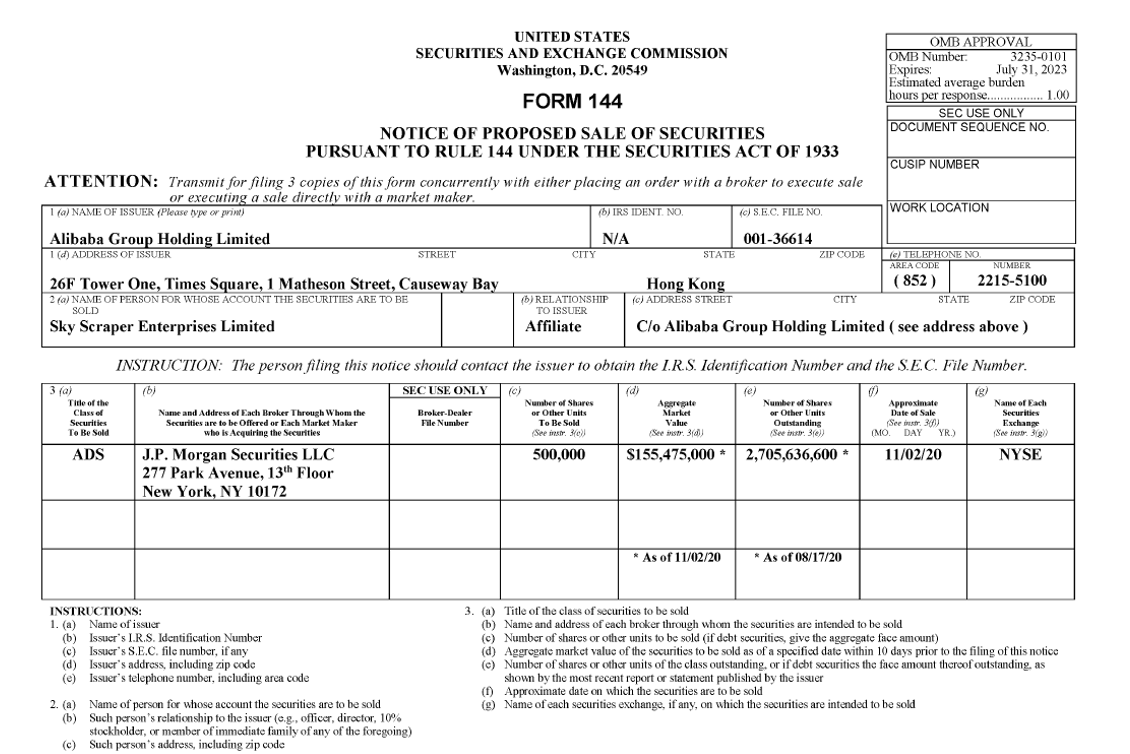Will Collins-Dean is Vice President, Senior Portfolio Manager, and Chairman of the Investment Stewardship Committee, and Kristin Drake is Vice President, Head of Investment Stewardship, and Member of the Investment Stewardship Committee at Dimensional Fund Advisors. This post is based on their Dimensional Fund Advisors memorandum.
A manager’s voting record on environmental and social (E&S) shareholder proposals is sometimes equated with a manager’s overall commitment to environmental, social, and governance (ESG) issues. But such an assessment does not consider a manager’s broader stewardship activities and the effectiveness of shareholder proposals at improving portfolio company governance. Dimensional’s [1] stewardship approach includes engagement, [2] proxy voting, and other advocacy efforts and is focused on maximizing shareholder value on behalf of our clients. Through these efforts, we consider how portfolio companies’ E&S policies and practices may impact company performance and valuations.
Landscape and Limitations of Shareholder Proposals for US Companies
Shareholder proposals are proposals submitted by a shareholder or group of shareholders requesting the company take a specific action, such as publishing a report or disclosing a policy on a given issue. Public companies in the US must submit a proposal that they receive from an eligible shareholder to a shareholder vote at a meeting of the company’s shareholders, subject to certain exceptions. While these proposals can be used for a variety of recommendations and requests, shareholder proposals are often put forward by shareholders with a specific issue-oriented agenda. E&S shareholder proposals, while increasing, continue to represent a very small percentage of overall votes, typically less than 1% of all voting matters at US public companies. [3] Institutional Shareholder Services (ISS) noted that the majority (507 or 60%) of the total shareholder proposals filed at US companies were E&S-related. However, after omissions and withdrawals, only 182 of these proposals went to a vote. [4]
